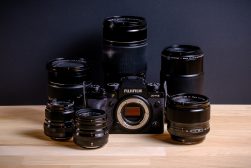
Fujifilm X70 Camera Review
It's small, robust and perfect for street photography. Find out why the Fujifilm X70 is fast becoming a cult classic in this detailed and honest review.
Every so often a camera comes along that is, for the most part, overlooked by even the most hardcore of fans.
This can be caused by any number of things – like the timing of the release versus other products, or even the efforts of the brand to effectively market this camera to the correct audience.
One such camera to have fallen victim to this fate is the Fujifilm X70.
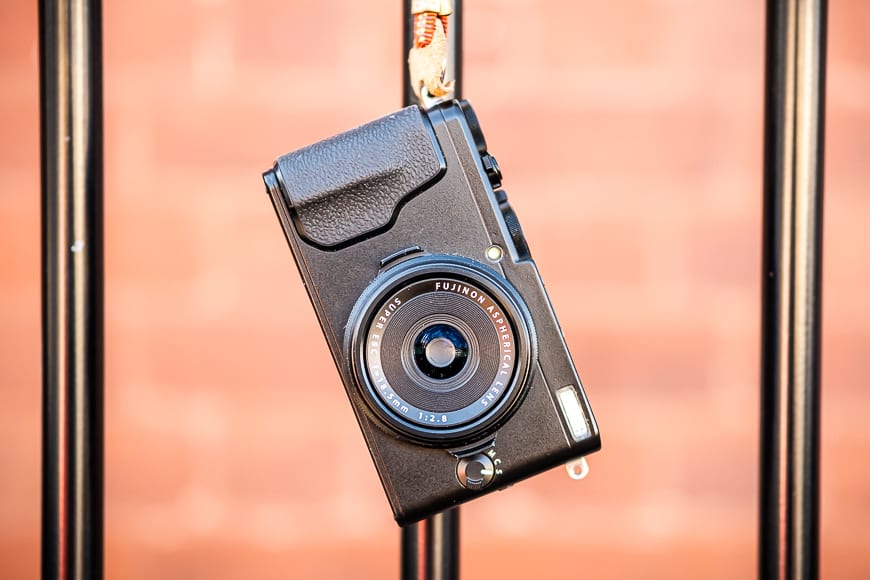
Small, solid, inconspicuous compact camera with excellent image quality.
Announced and released at the beginning of 2016, the X70 had its work cut out for it. As it turns out, this was the same time that the Fujifilm flagship camera, the Fujifilm X-Pro2 was also released.
All the media hype and attention were placed on the bigger and better X-Pro 2. The Fujifilm X70 was initially marketed as a premium compact point and shoot camera for everyday carry and use.
It was not targeted at the audience it would later become popular with: street photographers.
Packing an impressive set of specs, the X70 became a fantastic choice for street photographers. Competing with the likes of the Ricoh GR2, it became known as a fantastic stealth-like camera with fantastic image quality and capabilities.
I can vouch for this as I use my Fujifilm X70 as my primary street photography camera. Let’s dive right in to the review…
Fujifilm X70 | Specs
- Sturdy and rugged build.
- Very compact yet feature-packed
- Excellent image quality
- Ideal for street photography but equally employable in a broad range of styles
- Customisable depending on your shooting and aesthetic style
- Low light autofocus can be a bit hit and miss
- Fujifilm discontinued this camera without a fair fight
- Expensive but high-quality accessories
- 16.3-megapixel X-Trans CMOS II sensor
- Fixed Fujifilm 18.5mm (35mm format equivalent 28mm) F/2.8 lens
- A minimal focal distance of 9.9cm (3.9″)
- 3″ LCD articulating touch screen with 1.4 million pixel resolution
- 8 frames per second continuous shooting
- Built-in flash
- Full HD 1920 x 1080 60p movie recording
- Digital teleconverter 28mm, 35mm, 50mm (35mm format equivalent)
- Dimensions 112.5mm (W) x 64.4mm (H) x 44.4mm (D) / 4.43in. (W) x 2.54in. (H) x 1.75in. (D)
- Weight 340gm (12oz) including battery and SD card
Build & Appearance

The Fujifilm X70 is small but solid and feels comfortable in your hand.
The Fujifilm X70 has an incredibly robust and solid build. The entire body, including the lens cap is made of metal and will take a very serious knock.
Despite it only being 340gm it has a heft to it that makes you feel comfortable with it in your hand. It doesn’t feel at all like a toy camera but more like a premium Fujifilm camera body.
The design and aesthetic of the X70 is fantastic and sits familiarly amongst all other Fujifilm X Series cameras. Despite the lack of an EVF/OVF, it has a similar look to the Fujifilm X100 series. And just like that series, the X70 is available in all black or a black/silver version.
This fun compact camera has a seriously small profile, making it a discreet offering for street photographers.
Personally, I handhold this camera with a wrist strap or no strap at all. The Fujifilm X70 is a truly pocketable camera as I can drop it into a jacket pocket or even the back pocket of my jeans.
Given that it does not have an EVF/OVF, the rear screen is all-important for framing and composing your shot.
The rear 3″ LCD is bright and offers 1.4 million pixel resolution with a customisable view of how much shooting detail you want to be displayed.
Further to this, the screen is fully touch-enabled, and this was probably one of the first Fujifilm X Series cameras to feature this.
The screen on the Fujifilm X-70 is articulating and can flip up 180 degrees, making it perfect for taking selfies or even for vlogging.
This screen is also perfect for shooting discretely from the hip in a street photography setting. It also tilts down around 45 degrees making it perfect when you are holding the camera high above your head and need to look up at the screen to compose your shot.
Ergonomics & Handling
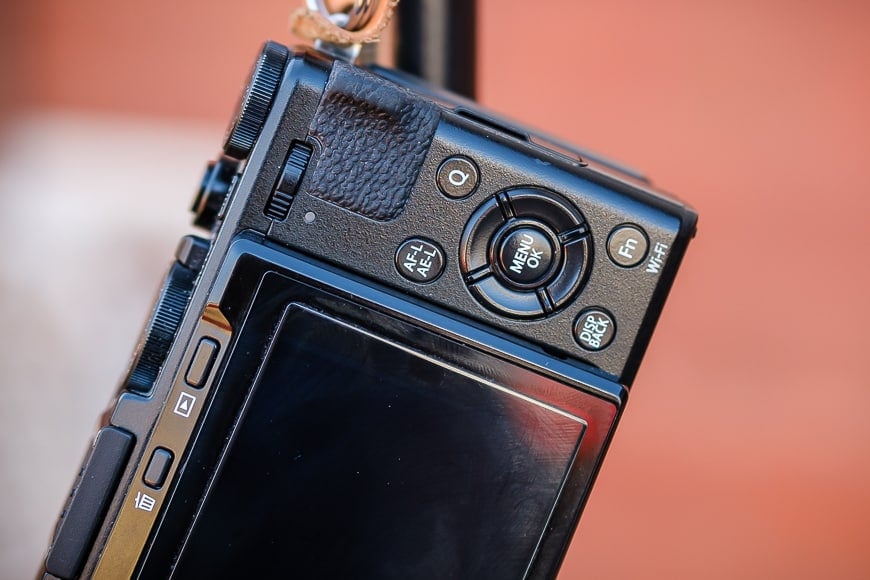
The X70 weighs very little and is easy to carry.
Given just how small the Fujifilm X70 is, and how big my hands are, I still find it incredibly comfortable to shoot with.
Granted, the camera weighs very little so there is very little muscle strain involved in shooting with or even just carrying this camera.
Furthermore, I am not using the Fujifilm X70 to shoot an eight-hour event such as a wedding.
The X70 is a feature-packed Fujifilm X Series camera. There is a full range of adjustable and customisable buttons that provide you with full manual control.
All control dials and buttons have been logically placed and sized to fit the camera without compromising access or usability.
On the rear of the Fujifilm X70, there is the usual customisable D-pad. Directly above the D-pad, there is a small space for your thumb to rest with a small rubber pad and nub for greater grip.
Whilst this seems ineffective at first, combined with the raised rubber grip on the front of the camera, a good grip can be attained.
The profile of the fixed 18mm F/2.8 lens is around 12mm. Being a true Fujifilm lens, they have managed to squeeze both an aperture dial and a manual focus ring onto this space.
The aperture dial has two raised metal tabs that are ridged and allow for your thumb and forefinger to better purchase and control the aperture.
On the X70, the manual focus ring can, of course, be used for manual focus. It is also completely customisable and via the touch of a discreet button on the side of the camera, you can quickly change just what that ring controls.
For me, I set it to control my ISO so that I have fully automatic control of ISO, aperture via the aperture ring and of course shutter speed via the dedicated dial on the tip of the camera.
The menu for the Fujifilm X70 will be instantly recognisable and usable for anyone who has ever used a Fujifilm X Series camera.
Or, for those new to the system, the menu is incredibly easy to follow and has a logical progression of functions.
Focus Performance

Fujifilm X70 1/1000 at f/5.6 ISO 250
As a street shooter, I rely on my camera to be responsive and have fast autofocus to capture my desired composition. Otherwise, that scene and subject will never be in alignment and the shot is lost.
Fortunately, the Fujifilm X70 has fast and responsive autofocus.
With the mechanical shutter, it can shoot at a shutter speed of 1/4000.
The camera also features Single Point, Zone and Wide/Tracking autofocus modes and a decent Face and Eye Tracking feature. Further to this, the autofocus area can be adjusted depending on the shooting conditions.
In good light, autofocus is fast and has no trouble highlighting and capturing a subject.
I have used this camera for street, shooting family pets and even children’s birthday parties and I have rarely had an issue with the autofocus hunting for my subject.
Keep in mind that this camera has the same processor and sensor as the then-flagship Fujifilm X-T1 camera.
In low light, however, the Fujifilm X70 is not as responsive or capable of hitting sharp focus every time.
There is an obvious amount of focus hunting going on especially in really low light settings. Whilst there is a built-in flash, as well as a flash hot-shoe, I personally opt to not use these features with this little camera.

Fujifilm X70 1/1000 at f/4.5 ISO 400
Low Light Performance
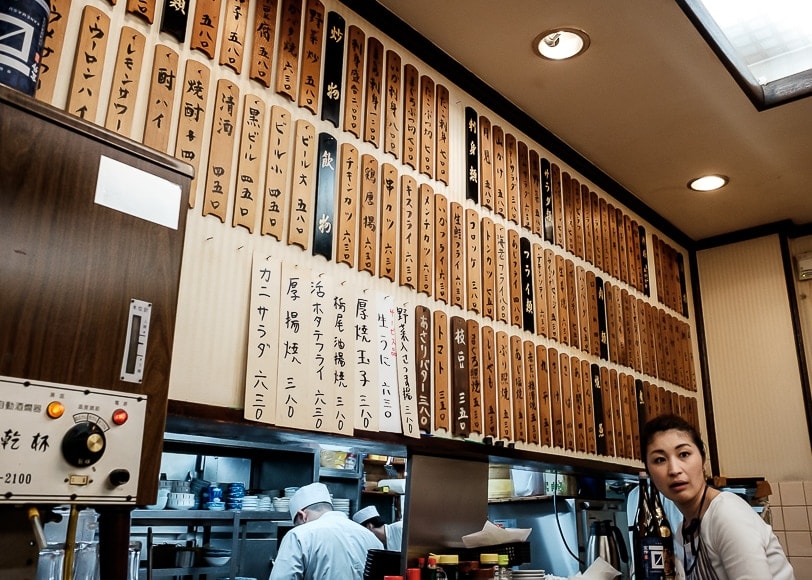
Fujifilm X70 1/160 at f/5 ISO 2500
As mentioned earlier, the Fujifilm X70 struggles with autofocus in low light. It tends to hunt a little before it grabs your subject.
I have found this more so in dark street scenes where there is very little light to be found anywhere.
The overall performance of the Fujifilm X70 in low light is incredibly capable, especially wide open at F/2.8 and with a slower shutter speed to allow more light to hit the sensor.
The X70 performs well even in a higher ISO range with a smaller aperture like F/8. I found overall noise at higher ISO to be completely manageable in post-production.
This is one of the great things about Fujifilm RAW files where even a dark image is recoverable.
Image Quality

Fujifilm X70 1/125 at f/5.6 ISO 250
I personally love the image quality that is produced by the Fujifilm X70.
The camera allows for your images to be saved in JPEG, RAW or JPEG + RAW. Fujifilm JPEG files are widely known to be of incredible quality with exceptional image rendering and colour.
[👉 Related: RAW vs JPEG]Shooting in JPEG allows for the famous Fujifilm Film Simulations to be applied in-camera. These are replicas of some of Fujifilm’s classic film outputs.
With the Fujifilm X70, this includes Provia, Velvia, Astia, Classic Chrome, Pro Negative Hi, Pro Negative Low and a range of Monochrome variables.
Delivering high quality straight out of camera images in JPEG is simple and they’re also highly editable in-camera. Equally, the RAW files from the Fujifilm X70 are very workable in whatever editing software you choose to use.
Personally, I am a fan of applying my own variations of the Fujifilm Film Simulations to my RAW files via Lightroom.
In terms of image sharpness, the X70 produces incredibly sharp edge to edge images, especially from around F/4.
At F/2.8, the subject sharpness is evident in the middle of the image. Corners and edges have a slight softening that you can hardly notice.
Keep in mind that the Fujifilm X70 is using a processor and sensor that is now two generations old but still delivers amazing and beautifully rendered images every time.
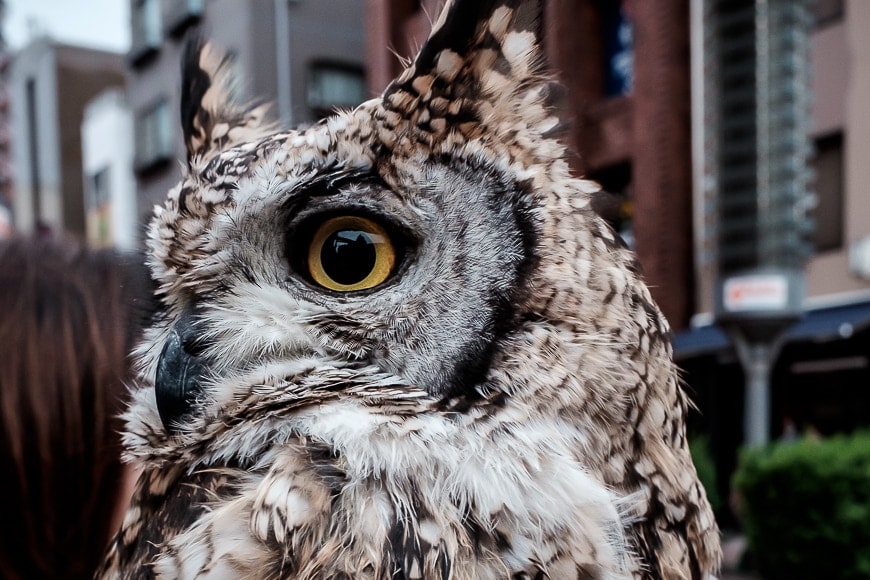
Fujifilm X70 1/125 at f/8 ISO 1600
Overall Performance
Given that the Fujifilm X70 is now two generations old, it holds up incredibly well by today’s standards.
The camera is fast to power up and provided you have your camera settings ready, you are able to get straight into shooting mode. I have found this to be incredibly useful especially in street photography situations.
However, I must point out that I have used this camera for a broad range of photographic opportunities.
I have used this camera as my second camera at a small wedding along with my Fujifilm X-T2. The wide-angle and discreet style of the Fujifilm X70 allowed me to shoot up-close and candid images.
I have even used it as my sole camera to shoot a “Babyque”! A Babyque is a baby shower held around a BBQ. At a Launceston bowling club, I captured the whole event with the X70 and produced far more candid and relaxed images of everyone present.
On my most recent trip to Tokyo earlier this year, I used it to capture street, landscape and architecture just as much as I used the Fujifilm X-T3 with the XF 23mm F/2.
It is such a versatile performer that whenever put to the task it just delivers effortlessly.
Other Useful Features
When the Fujifilm X70 was released, Fujifilm themselves launched a full range of additional accessories to maximise user experience. Despite their marketing, they created first-party accessories to make this a dedicated street camera.
It was surprising to see but pleasing to be able to personalise this little camera.
The Fujifilm X70 has no OVF/EVF. However, Fujifilm produced and released an attachable OVF that clicked right onto the camera hot-shoe.
The VF-X21 Optical Viewfinder allowed for shooters to bring the camera up to their eye and with printed guidelines inside the OVF, frame their composition like a rangefinder-style camera. This OVF was a high-quality build but came at a considerable price.
Fujifilm also offered a black or silver metal lens hood to attach to the lens on the X70.
However, once this was attached to the lens, it was impossible to attach the standard lens cap and for those that wanted to protect the front element of their lens, they were forced to purchase a third party lens cap like this one. The lens hood also rendered the Fujifilm X70 as unpocketable.
Much like the additional converter lenses on offer for the Fujifilm X100 series, the X70 was also given this treatment. Fujifilm developed a Wide Conversion Lens (WCL-X70).
This allowed the camera to shoot at 14mm with a 35mm equivalent of 21mm.
This extra-wide alternative was a great addition to the overall X70 package. Again, it was of a solid build and was made in both silver and black to match whichever colour of camera you had.
The downside was that to use it, you had to deep dive into a menu setting to let the camera know you had the Wide Conversion Lens attached.
The final Fujifilm accessory on offer was again a first-party product – it was a kit that provided Fujifilm X70 users with a leather half case (BLC-X70) for the camera to provide a little more protection and grip.
This kit also included a leather camera wrist strap and a soft, elasticated camera wrap.
This broad range of customisable accessories made the Fujifilm X70 a true premium product.
With the full range of available Fujifilm-made accessories, the cost of your X70 could almost double. However, it allowed users to make their own mark on how they used this camera.
Value for Money
The Fujifilm X70 released for around $650 USD in retail stores. For a compact camera, even a premium compact, this was considered a high price. However, it is important to remember all that has been packed into this tiny little package.
The X70 boasted the same sensor and processor of the flagship Fujifilm X-T1. At the time, the Fujifilm X-T1 was revolutionising mirrorless camera technology and consumer expectations. I know as I was shooting with the Fujifilm X-T1 as my primary camera at the time.
Unfortunately today, it is very difficult to find a brand new Fujifilm X70 in local retailers, like you usually can on Amazon here.
Fujifilm no longer makes this camera, much to the anguish of the street photographer community.
Despite many rumours of a Fujifilm X80 or even a Fujifilm X70S (like its older sibling in the X100 range), Fujifilm are staying tough and say no further camera in this range will be released.
On the second-hand market, the Fujifilm X70 is suddenly a hot item for those looking for a premium compact, Fujifilm street photography camera.
Fujifilm X70 Review | Conclusion

Fujifilm X70 1/250 at f/2.8 ISO 1600
The Fujifilm X70 is a one-of-a-kind camera that I believe Fujifilm got incredibly right at the time. For whatever reason, some of which I have outlined, they believe that it was not as successful as a premium compact camera.
Given the broad range of accessories they invested in, part of me thinks that they suspected it may have a cult following at some point in time.
I want to be clear with you all, I love the Fujifilm X70.
In my local Fujifilm community in Melbourne, I am a vocal advocate for people giving this little camera a fair go. I should also be clear in stating that I have told my family that I am to be buried with this camera.
That is just how much I love the Fujifilm X70 for the photographer it allows me to be.
From its image quality and feature-packed compact design to its performance in a broad range of shooting styles, the Fujifilm X70 will not let you down.

Small, solid, inconspicuous compact camera with excellent image quality.









